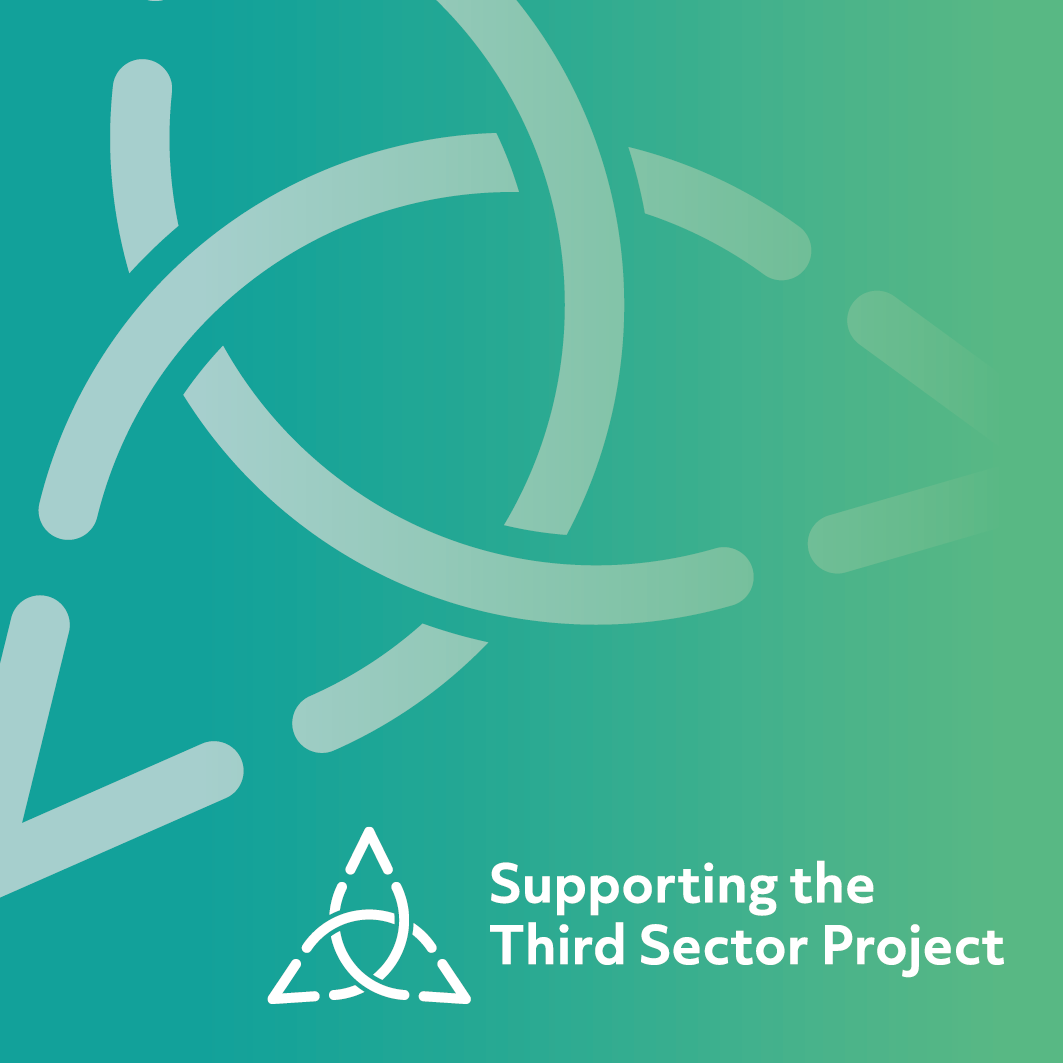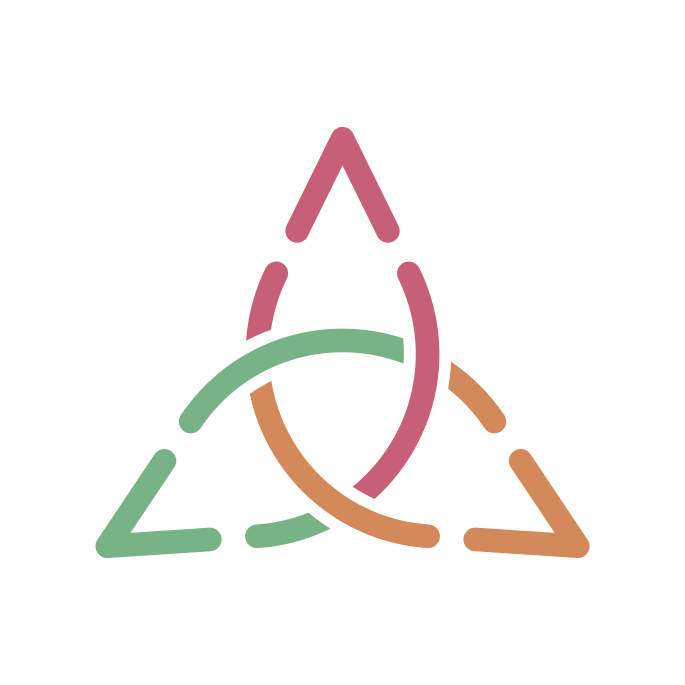Exploring the third sector’s role in Children’s Services Planning
14 May 2025
Every three years local authorities, health services and other organisations in a locality work together on a Children’s Services Plan which looks at how to improve outcomes for children, young people and their families. Children in Scotland’s Supporting the Third Sector (STTS) Project has been examining the role of the third sector in this process, looking at how to develop a structured approach to collaboration. Having recently published a learning report about the work, Assistant Policy Officer, Hannah Priest, reflects on the findings.
As we move into 2025, Health and Social Care Partnerships across Scotland are turning their attention to the next cycle of Children’s Services Plans for 2026 – 2029. This will mean engaging with children, young people and families, and other partners to shape services to meaningfully respond to local needs.
Part 3 of the Children and Young People (Scotland) Act 2014 requires local authorities and relevant health boards to develop a Children’s Services Plan every three years. Crucially, the legislation also calls for collaboration across Community Planning Partnerships, including with third sector organisations. The third sector has a vital role in providing services to children, young people, and families in their communities. As a result, the third sector has key insights into the needs of the local population and is therefore uniquely placed to identify what support is most effective in meeting those needs.
Supporting the third sector
Through the Supporting the Third Sector (STTS) Project, Children in Scotland are working to support the third sector to be fully integrated within Community Planning Partnerships, and to be recognised and to contribute as equal partners within strategic planning of local children and family services.
Over 2024 – 2025 the STTS Project engaged in intensive support in three localities with a focus on third sector participation in Children’s Services Planning processes. We were able to work closely with Aberdeenshire, Dumfries and Galloway, and Glasgow, to support their use of the ‘How good is our third sector participation in children’s services planning?’ self-evaluation tool. In each locality we worked collaboratively with representatives from the Third Sector Interface and Health and Social Care Partnership or local authority to support effective engagement of stakeholders in Children’s Services Planning processes.
What is the tool?
The ‘How good is our third sector participation in children’s services planning?’ self-evaluation tool was developed in collaboration with the Scottish Government, and was published at the start of 2024. It aims to provide Children’s Services Planning Partnerships (CSPPs) with a structured approach to local discussions which considers different aspects of third sector participation across key strategic tasks in development, delivery, and reporting on Children’s Services Plans.
We have recently published a learning report that focuses on the intensive locality support work delivered in 2024-25, discussing the learning and recommendations from Children in Scotland and our colleagues from these localities. Having been involved in this exciting piece of work in each locality I wanted to take this opportunity to reflect on some of the learning highlighted in this report which stood out to me, specifically on the importance of relationships.
Building strong cross-sector relationships
We have heard from our TSI Children’s Service Network that building and maintaining cross-sector relationships is imperative to successful and meaningful collaboration. As identified in our recent Survey Report 2024, there are challenges to maintaining and building relationships due to the high turnover of staff resulting in loss in contacts and having to rebuild understanding of the third sector’s role and contribution, along with challenges of stretched capacity.
At the beginning of this process it was identified quickly that strong pre-existing relationships were key to gaining buy-in. Where these relationships are not in place, there may be additional steps required to develop them before undertaking the self-evaluation process.
In addition we found that developing a shared trust and understanding amongst participants from all sectors, with a joint commitment to our values and a constructive, improvement-focused approach to discussions, alleviated concerns of challenging dynamics due to perceived power imbalances between third and statutory sectors. This allowed for rich discussions between participants reflecting on their practice, identifying barriers and potential actions, alongside recognising what currently worked well in the locality.
It was also great to have the ability for all the sessions to be held in person. Whilst we recognised that this is more challenging to achieve in some areas, we found that the in-person element along with our approach allowed for discussions to flow openly and honestly without risk of jeopardising relationships and allowed for participants to network and build new cross-sector relationships. The feedback we received from the members of the core project team reflected that the work has already helped build strong relationships between third sector organisations and statutory partners.
We believe that recognition of the importance and value of stakeholders’ experiences of the children’s services planning process has been vital to understanding how these processes work in practice. Being aware of power imbalances, engaging constructively with experiences shared, and having a safe space to reflect on these processes, have all led to a range of learning about the structures and system responses which can be considered to tackle barriers to third sector participation and lead to better outcomes for children, young people and their families.
The above is only a small portion of the learning gained from this piece of work. The report explores further the localities’ experiences using the self-evaluation tool and provides guidance to those who may wish to use it in their own locality. Part of the aim of producing this report is to provide our colleagues within the TSI Children’s Services Network and our statutory partners some guidance and examples of how the toolkit can be implemented in their areas and the impact the engagement can have on their relationships across sectors and approach to children’s service planning. You can read about the learning and practical examples in the report which is available on the STTS Project’s Resources page.
We will be continuing to build on this work, developing further resources, opportunities and providing continued locality support though the STTS Project over 2025-2026. If you would like more information regarding the locality work, the self-evaluation tool or about the STTS Project itself please contact Hannah Priest at hpriest@childreninscotland.org,.uk or you can email STTSProject@childreninscotland.org.uk
Hannah Priest is Assistant Policy Officer at Children in Scotland

About the author
Hannah Priest is Policy Officer and Assistant Policy Officer at Children in Scotland
Meet our team
Learning report
Read the Learning Report on 2024-2025 Intensive Locality Support published by Children in Scotland
Read now
STTS newsletter
Keep up to date on new reports, research and opportunities by signing up to the fortnightly newsletter.
Sign up
Annual Conference 2025
Making Space for Voices: Join our Annual Conference in Glasgow on 28 and 29 May 2025
Find out more